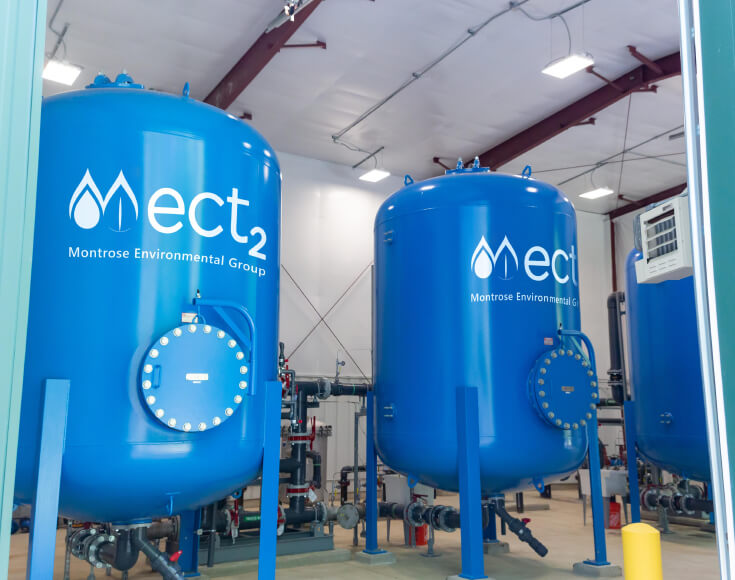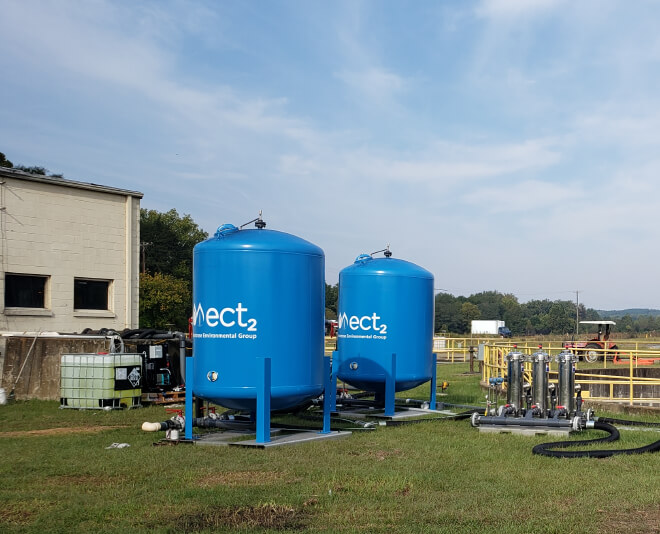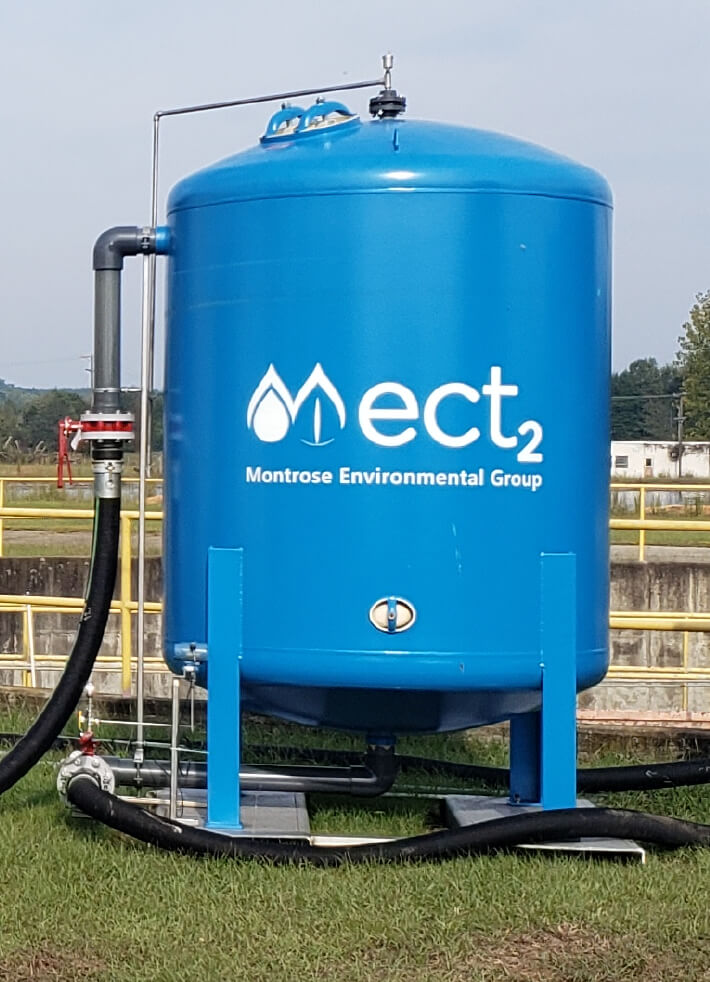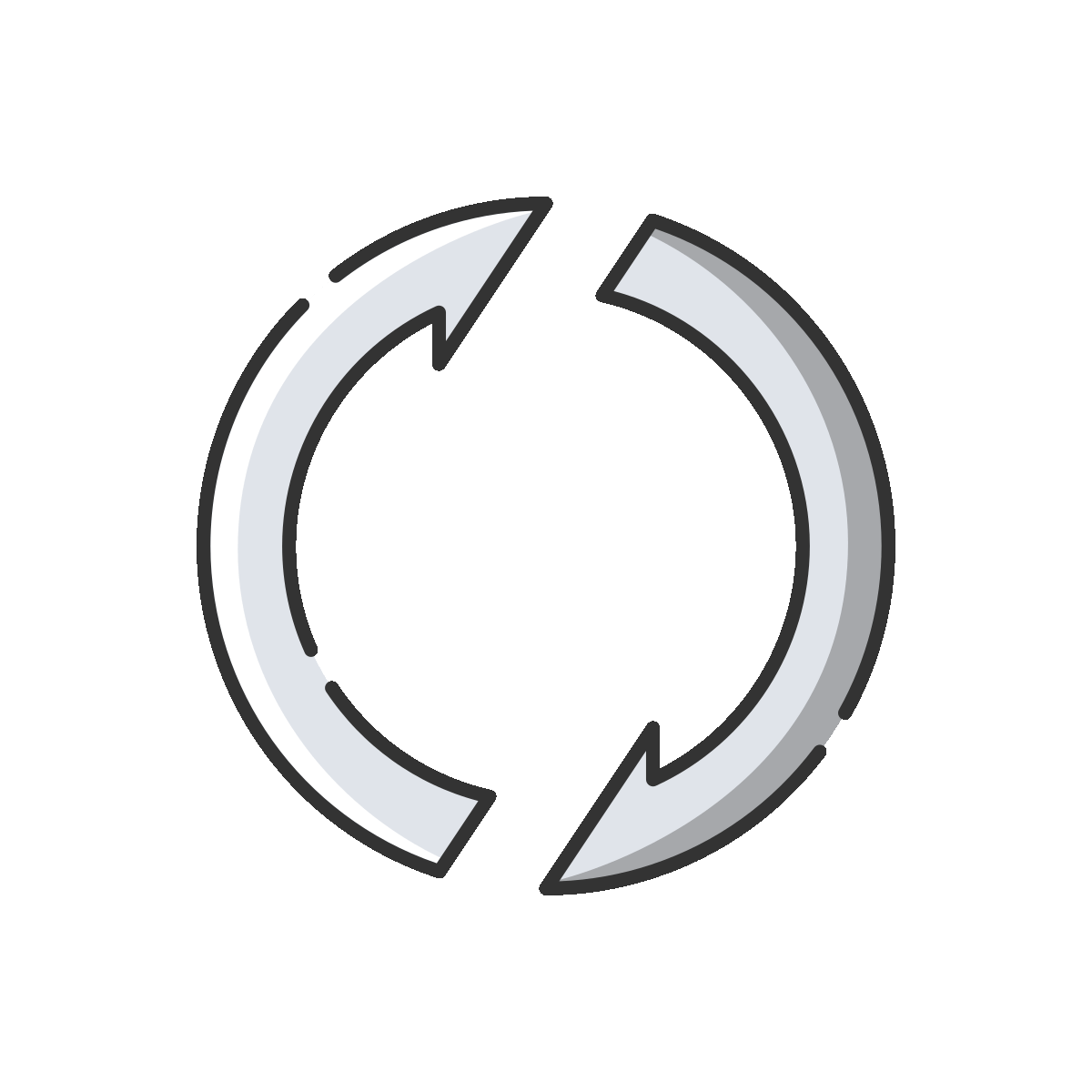Ground Water Gallons Treated
100 M
Treatment System
Single Use IX + GAC + Sand Filtration
Treatment Objective
<70 ppt
Treatment Outcome Achieved
We Believe The World Needs Better Ways To Treat PFAS
Opportunity
A textile manufacturing company located in the southeastern part of the United States produced coated textiles using PFAS as a water and oil repellent. As a consequence of the PFAS application process, approximately 100 million gallons of PFAS-laden wastewater was discharged into a series of on-site unlined wastewater lagoons. As the site is no longer used, it is being decommissioned and remediated. ECT2 was brought in to treat the wastewater present in the lagoons, and to achieve PFOS and PFOA levels below 70 ppt, prior to discharging the treated water to a nearby river.


Challenge
The wastewater lagoon has a complicated water chemistry including elevated Total Dissolved Solids (TDS) and Total Suspended Solids (TSS). This in part with the facility’s remote location, led to complications for the initial deployment. The active organisms in the lagoons added further complications with the pretreatment strategy. Nonetheless, ECT2’s focus on commissioning, startup, and remote support has led to a successful deployment and remediation strategy at the site.
Solution
Despite the identified challenges, ECT2’s robust pretreatment of granular activated carbon (to remove co-contaminants) and a backwashable sand filter (to remove solids) relieved the challenges from the co-contaminants and TSS.
The pretreatment was followed by ECT2’s SORBIX™ PURE Ion Exchange Resin which provided the best total solution for the client. From concept to commissioning, the team was able to provide onsite services to help optimize flow and treatment efficiency. Through national standard testing for PFAS, ECT2’s applied solution was accurately measured. Compliance to the 70 ppt state-mandated discharge goals was met for all 100 million treated gallons.
ECT2’s SORBIX™ PURE ion exchange resin has a dual mechanism of adsorption resulting in smaller treatment vessels and more cost-effective treatment. The tail of a PFAS molecule adsorbs to the resin’s backbone (adsorption), and the head of the PFAS molecule is attracted to the resin’s ion exchange site (ion exchange). This combination of adsorption and ion exchange produces the rapid removal of PFAS while generating minimal waste.
As an ongoing project, ECT2’s team is continuing to work with textile firms in the southeast to clean up their legacy impacts with sustainability in mind.

